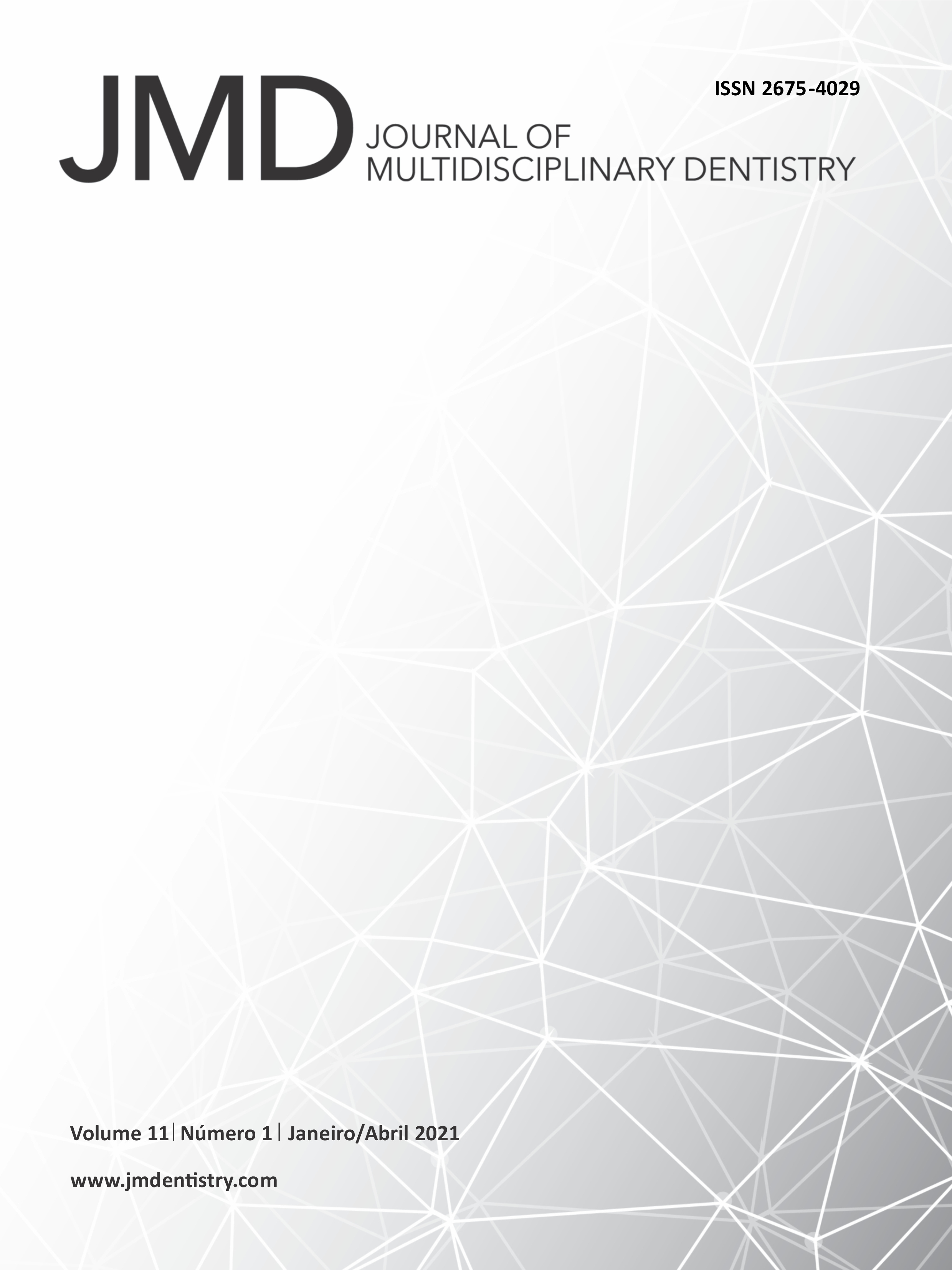Regenerative endodontics in permanent teeth with incomplete rhizogenesis and presence of pulp necrosis
DOI:
https://doi.org/10.46875/jmd.v11i1.651Keywords:
Regenerative endodontics, Dental pulp necrosis, Dentition, permanentAbstract
To carry out a narrative review of the literature on the study of regenerative endodontics, as well as the technique of revascularization of the canal and its clinical importance in the success of endodontic treatment of teeth with pulp necrosis in a situation of incomplete rhizogenesis. Therefore, the search for the development of new treatments that offer the potential for a continuous formation of mineralized tissue from these dental elements is growing. A promising alternative has emerged for these cases: revascularization of the root canal, which is characterized by the induction of bleeding from the periapical region for the consequent filling of the root canal with blood clot and undifferentiated cells, inducing the formation of new tissue. After that, the tooth is then sealed with MTA in the cervical portion of the root and coronal with restorative materials. The knowledge of endodontists in the areas of pulp biology, dental trauma and tissue engineering can assist in the effectiveness of a good revascularizing treatment and, consequently, in the continuous development of the root, increased thickness in the dental walls and apical closure of dental elements with incomplete rhizogenesis and presence of pulp necrosis. These developments in the regeneration of the dentin-pulp complex have a promising impact on efforts to maintain natural dentition, which is the ultimate goal of any endodontic treatment.


